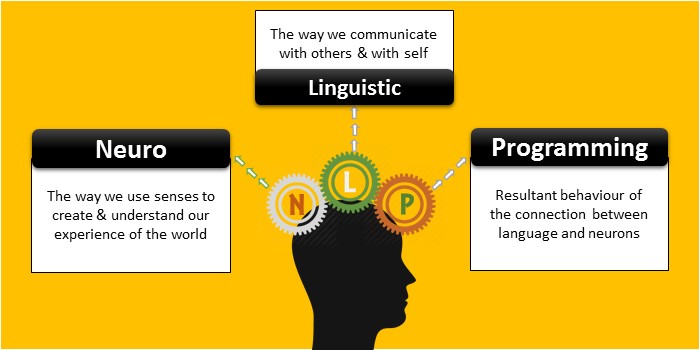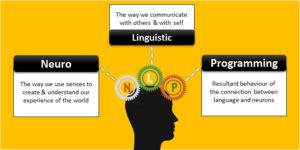
What is Emotional Intelligence?
If IQ is ‘Intelligence Quotient’, then ‘EQ’ is ’emotional quotient’ or ’emotional intelligence’. Put simply, this measure represents your ability to understand other people and to influence their decision making processes for your own ends. While that might sound manipulative – and it certainly can make manipulation easier – it is also important simply to aid in the development and strengthening of relationships and to help you to get on with other people.
The Power of EQ
In a business setting or in many other areas, emotional intelligence can actually be more valuable than IQ.
Think about it for a moment: as an employer, who would you rather work with? Someone who was attentive, who listened to what you had to say, who could communicate well and who was able to change the opinions of others? Or someone who was great at math but couldn’t get on with the team? The vast majority of business is to do with communication and working with other people and thus this is a highly valuable skill.
Outside of work, emotional intelligence is also highly important. This is what makes someone a great parent – the ability to sympathize with their children and to motivate them to behave in a certain way. Likewise, it is also undoubtedly the biggest factor when it comes to finding and securing a romantic relationship.
Measurement and Training
While it’s interesting to compare and contrast IQ and EQ, however, it’s also important to realize that they are actually related. There is a correlation between IQ and EQ, meaning that someone generally more intelligent may end up being more emotionally intelligent too (though not in every case). This is no doubt because someone intelligent will be better able to predict the actions, emotions, and motivations of others. Other studies have shown that intelligent people are more trusting of the same reasons.
This suggests that emotional intelligence can be ‘learned’ to an extent. While our own emotions might be heavily influenced by our genetics and neurochemistry, learning how others act and increasing our -memory and attention can help us to improve our EQ.
Measurement of emotional intelligent is then also possible in order to get an idea of just how adept any given person is at understanding emotions. Many tests exist however and the practicality of each is something that is fairly controversial – which is a whole topic of its own!
– Scott Blessing



















